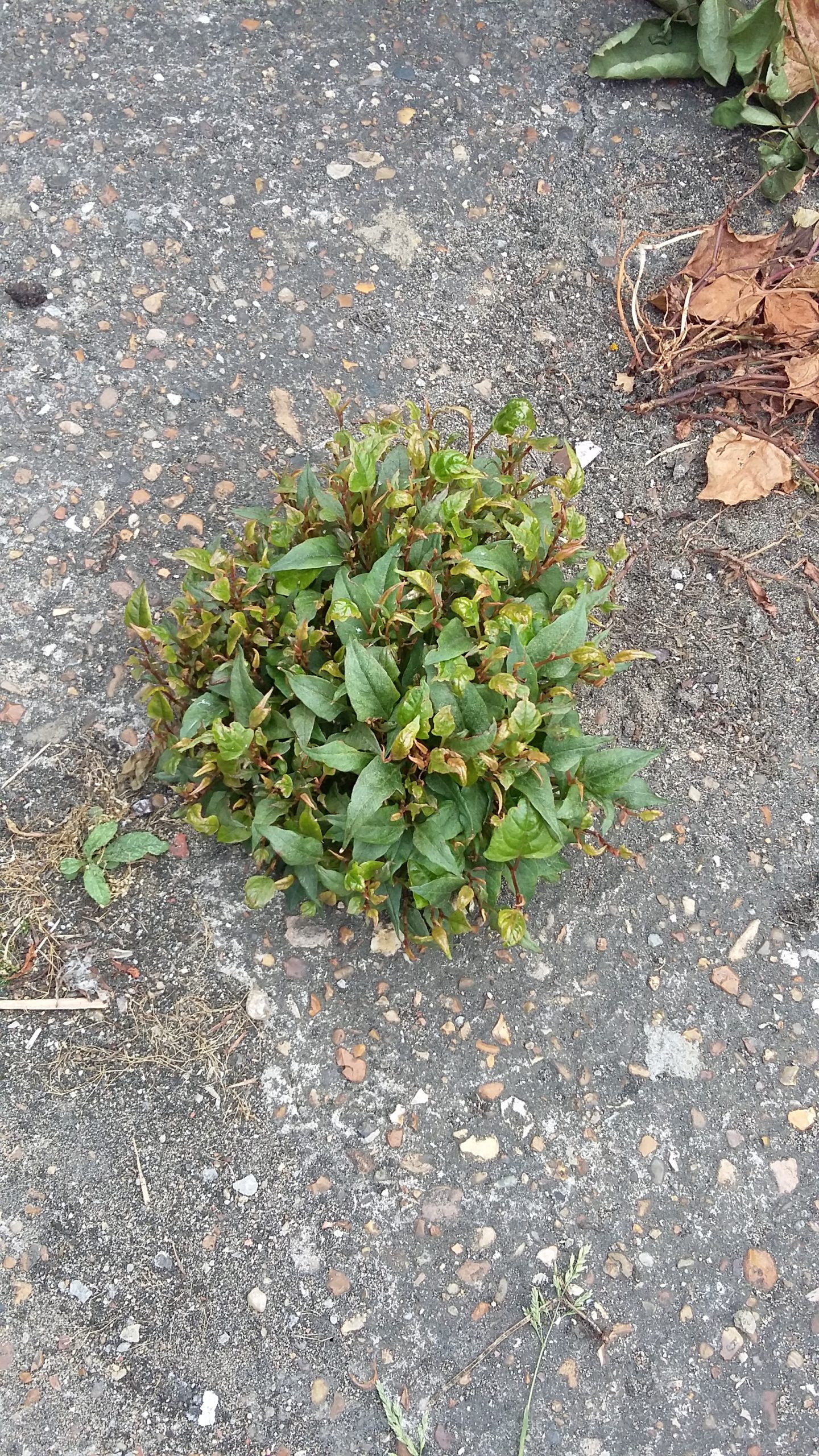A question often asked: How long will it take to get rid of the knotweed on my property or land?
In this article we answer this question because we know it’s an important factor when you first find out you have a problem with knotweed.
But first let’s take a brief look at the options for the control or complete eradication of Japanese knotweed. There are typically two methods; herbicide application or excavation.
Herbicide treatment
- Carried out in a series of planned treatments called a Knotweed Management Plan
- As the name suggests, it ‘manages’ knotweed growth
- Herbicide application will suppress plant growth, which over time exhausts its viability
- Methods include spraying, injecting directly into the stem or wiping the leaf with herbicide (options often used when spraying would affect other plants)
- Effective option over time
Expectations
Herbicide needs repeated applications to be fully effective. When Japanese knotweed has been treated with herbicide under a planned programme there is often an expectation that the knotweed will have been completely eradicated. What actually happens is the herbicide works over time via these planned repeated applications to suppress the plant’s ability to regrow. Each application of herbicide travels (is translocated) via the leaves or stem, depending on which method of application used, into the underground rhizome (roots).

After the first treatment you can typically expect some regrowth that is significantly less than before, and after further treatments the knotweed rhizome can only produce these much smaller Bonsai growths (above). As these are much more difficult to identify (it’s the red leaved plant in the picture), expert eyes are required to complete the treatment programme. Typically a programme will be planned over more than one year depending on the extent of the infestation, so whilst there will be some immediate improvement, this is more of long-haul project.
Excavation
- Careful and controlled digging of the knotweed affected area to remove the above ground and below ground parts of the plant
- Options for soils to be removed to a suitably licensed landfill site or (only if appropriate) left onsite
- Immediate solution
Expectations
To completely get rid of Japanese knotweed excavation will be required, as the underground rhizomes will need to be removed. If any fragment of plant is left a new plant will quickly become established. Once instructed projects can be completed within as little time as a day (project specifics dependent) or on larger or more complicated sites several days or even weeks.
With excavation there are several methods which either take all plant materials and soils off site to a licensed landfill, or leave remaining soil onsite but buried in a suitable area that will not be disturbed in the future. This option has to be carefully considered and all soils are buried deep underground and in a membrane that does not allow for any possible growth from rhizome material.

Another option that reduces the depth of excavation is to install a root barrier (as shown above) – this can be a quicker and less invasive option (as less soil is excavated) where a root barrier is installed that stops growth. With any full excavation option the results are instant, with knotweed either completely removed or controlled.
In conclusion
Either herbicide treatment or full excavation will control or get rid of Japanese knotweed, clearly excavation is the quicker option, however can be more costly and will involve areas of garden or land being disrupted and it will take a period of time for it to rejuvenate. During the treatment period the area of land affected must not be disturbed or worked on in any way, as this will allow the knotweed to spread. When knotweed has been treated with herbicide it will take time to die back, but with each treatment there will be visibly less knotweed. With excavation, once we leave the site you will not see any visible knotweed, and can be assured that this is a permanent solution.
Which option you decide upon will be factored by several considerations:
- Land or property type
- Land use
- Planned land use
- Budget
- Desired results
You can discuss these considerations with our experts to help you decide whether you want a quick solution or a longer term option.


